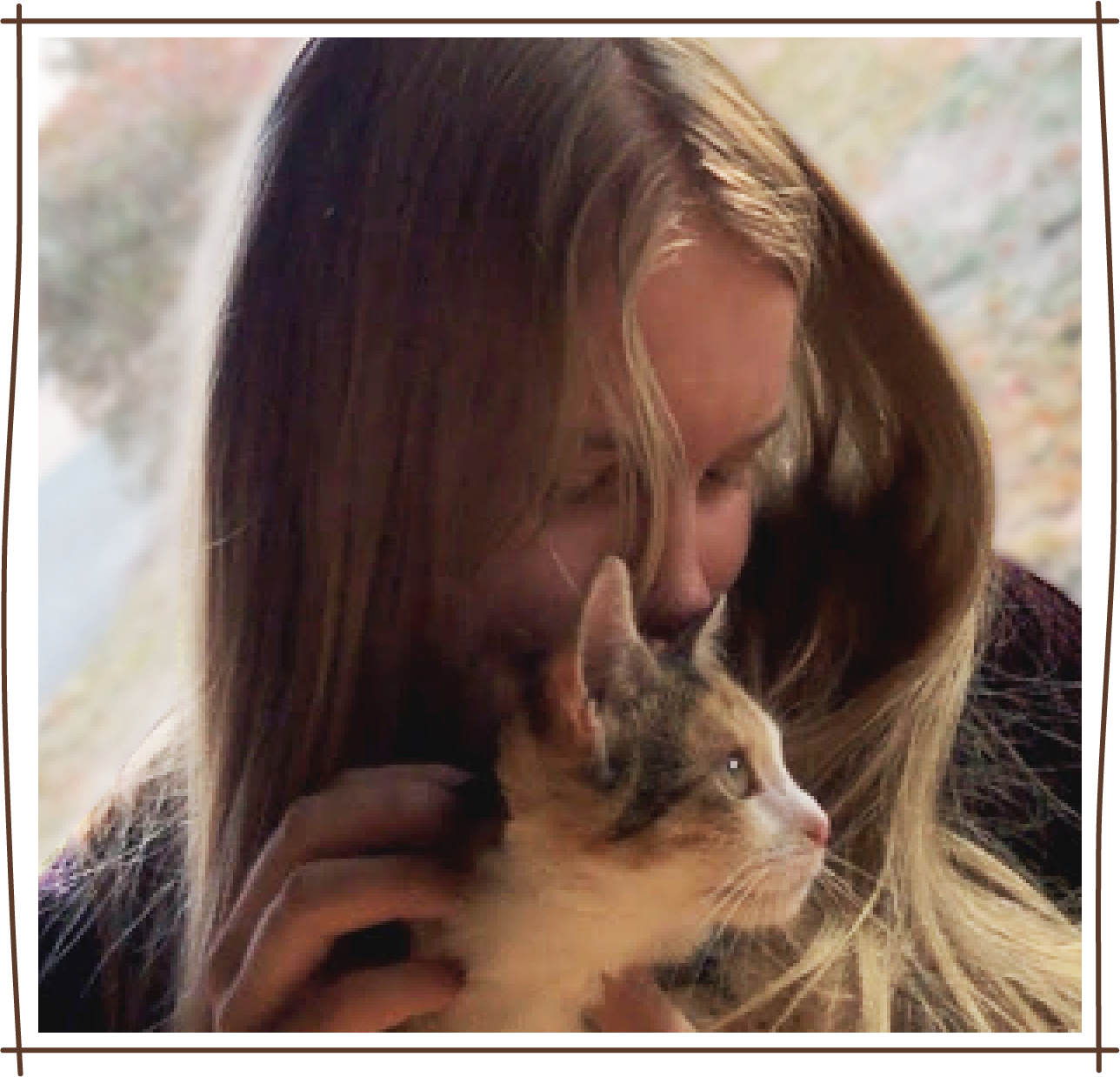

Summertime is adventure time! Going on long excursions together in the countryside is great fun for your soul dog.
But while your furry friend is romping through the green meadows, ticks often sneak into their fur unnoticed.
As the parasites can be carriers of numerous diseases, great caution is required.
When are ticks active and how dangerous are they for dogs?
Ticks are arachnids and love mild, summery weather. As soon as the temperature is above 6 °C for several days, ticks awaken from their torpor. Depending on the weather, the tick season can last from February to October. Ticks prefer to sit in grass, bushes or undergrowth and can go several years without feeding. The most common tick species in Germany are the wood tick and the alluvial forest tick.
In the worst case scenario, ticks can transmit pathogens to your dog. These can cause diseases such as anaplasmosis, ehrlichiosis, babesiosis, Lyme disease and TBE. It is therefore very important to know how you can protect your four-legged friend from these parasites.
How can I protect my furry friend from ticks?
It's better to be safe than sorry, so it's best to avoid tall grass, as ticks are often found there. You can protect your furry friend with the help of anti-tick collars, spot-ons, powders, shampoos, tablets or sprays from a vet or specialist retailer. Alternatively, natural products such as coconut or black cumin oil can also be used.
Despite prophylaxis, you should always check your furry friend carefully after walks to catch any ticks crawling around and remove them before they bite.
How do I remove a tick from my dog?
If you discover a tick in your four-legged friend's fur, it is important to keep calm and follow the steps below:
- Brush your dog's fur to the side so that you can see the tick clearly
- Place the tick tweezers or tick hook as close as possible to your furry friend's skin and surround the tick completely with the tool
- Gently pull the parasite straight out of the skin without crushing it
- Wash your hands, disinfect the tick bite and the tools
- Dispose of the tick and render it harmless (e.g. with alcohol)
It is important that you keep a close eye on your four-legged friend after a tick infestation.
If the eating behavior changes, other behavioral changes occur or redness develops, you should consult a vet.














